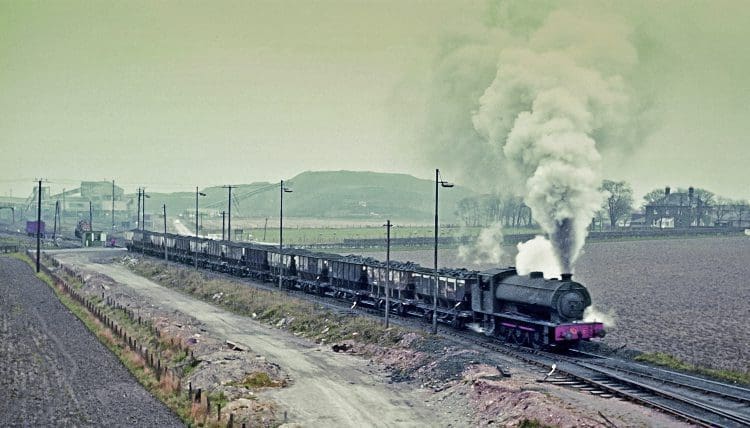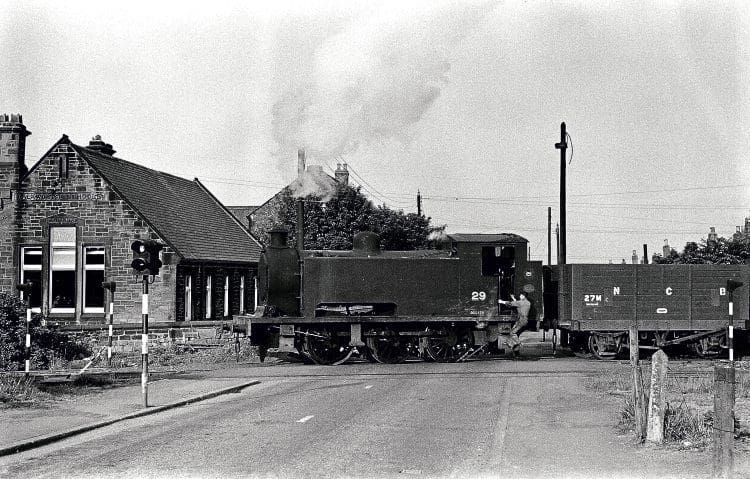Long before the final demise of main line steam in north-west England, many enthusiasts had accepted it was all over and had found hobbies anew. Not so Trevor Gregg and fellow diehard steam aficionados, who sought out places where standard gauge steam was still very much in use – on colliery and other industrial internal systems in the North.
With no main line steam to photograph, after British Rail ran its final steam-hauled main line passenger train, the ‘Fifteen Guinea Special’ of August 11, 1968, and the departure of A3 Pacific No. 4472 Flying Scotsman on its ill-fated tour of North America, my attention then became focused on industrial steam, principally colliery steam in Northumberland.
Colliery steam was in decline. A few diesels had been around for a number of years but it was the arrival of surplus BR diesels, made redundant by branch line closures under Beeching, that would eventually bring an end to colliery steam.
Enjoy more Heritage Railway reading in the four-weekly magazine.
Click here to subscribe & save.

The large Ashington system was the first to experience this with the arrival of the Swindon-built Western Region diesel hydraulic Class 14 0-6-0s. D9511 arrived in January 1969. Two months later it was D9528 and D9508, then three months later a further four.
The Paxmans were used at other collieries, but it was at Ashington where they were most successful. Nineteen of these locomotives ended up working at Ashington. On a visit to the Ashington sheds in April of that year, I found there was still 16 steam locomotives, but a month later this had reduced to seven as the numbers of Paxmans increased.

The number of steam locomotives gradually reduced until the final two – NCB Nos. 41 and 43 – were withdrawn and scrapped in March 1973.
In south Northumberland there were two steam operational centres – Backworth and Burradon. At Backworth there were engine sheds at Eccles Colliery, and when I started visiting in 1969 the sheds were allocated seven steam locomotives with normally four in steam. The locomotives were used for moving coal from Eccles Colliery and Fenwick Colliery to the BR exchange sidings on the Blyth and Tyne Line.
Read more and view more images in Issue 245 of HR – on sale now!
Advert
 Enjoy more Heritage Railway reading in the four-weekly magazine. Click here to subscribe.
Enjoy more Heritage Railway reading in the four-weekly magazine. Click here to subscribe.




